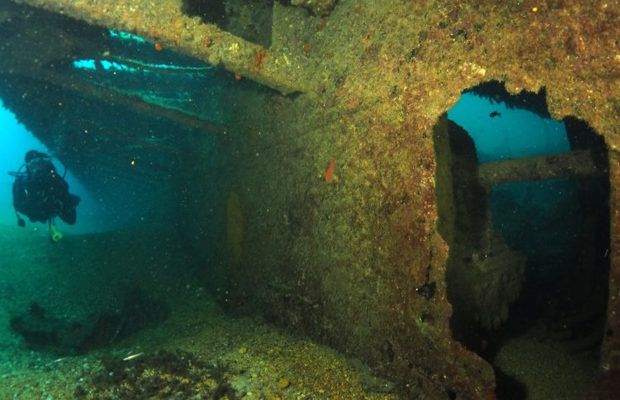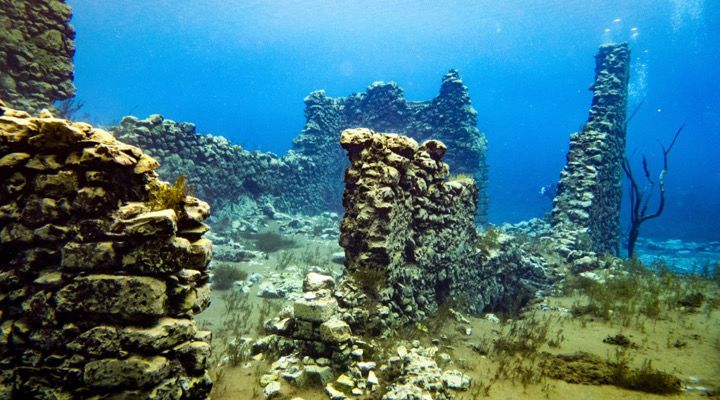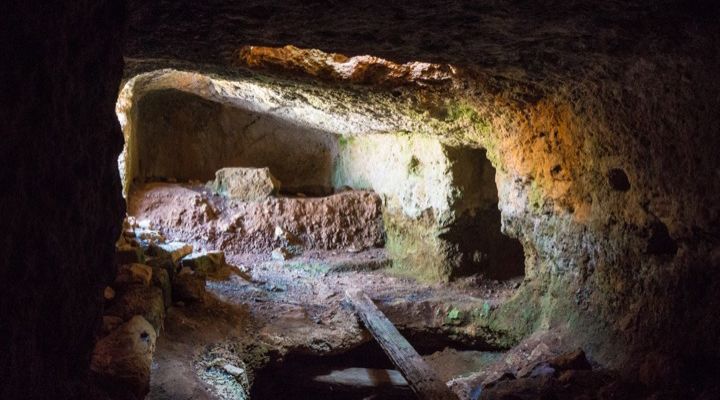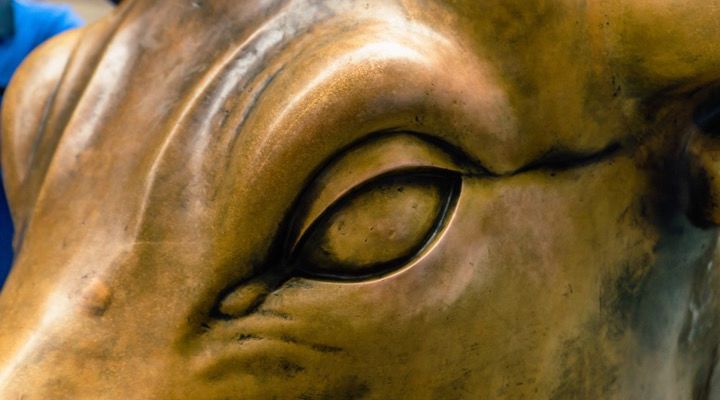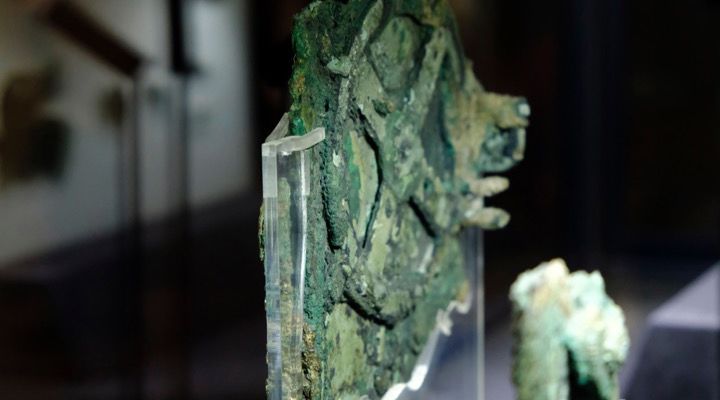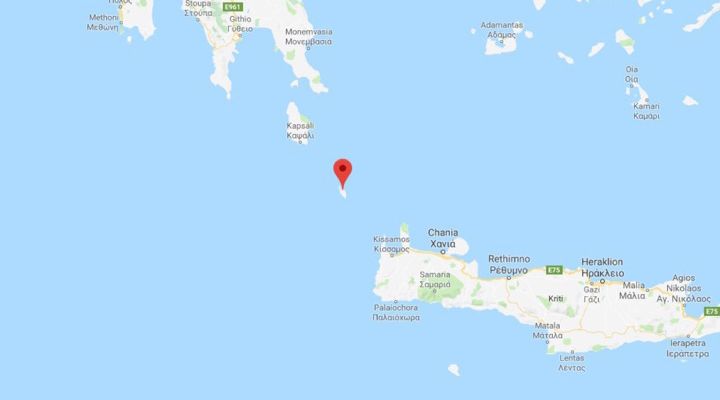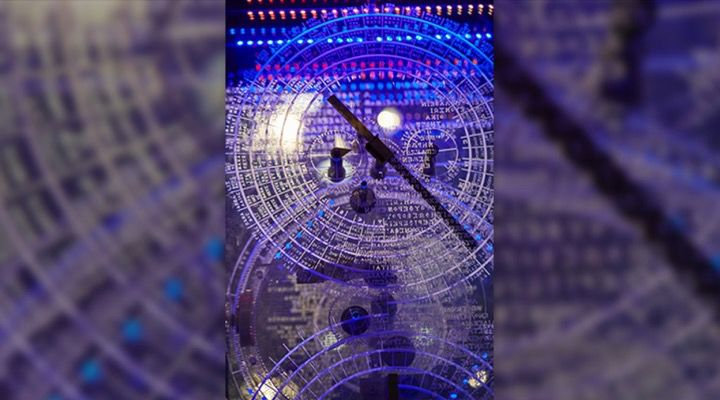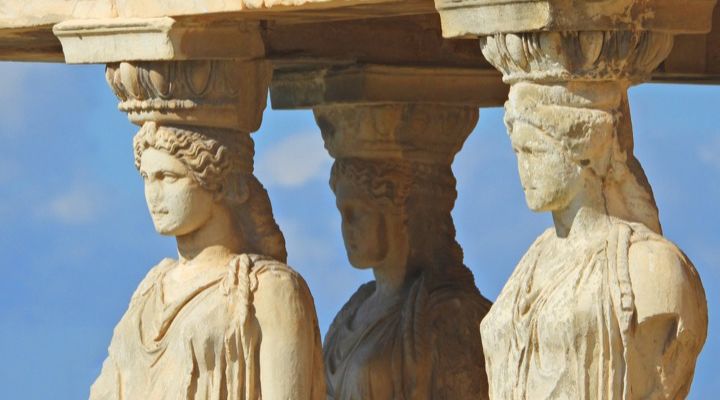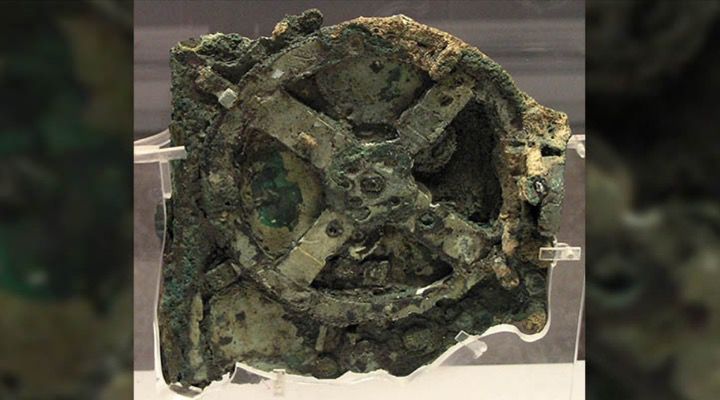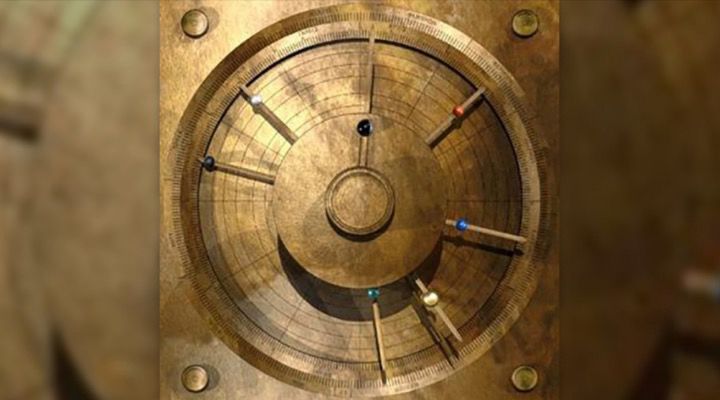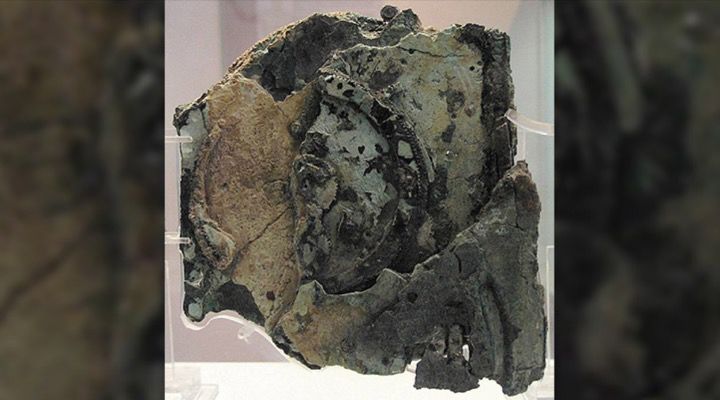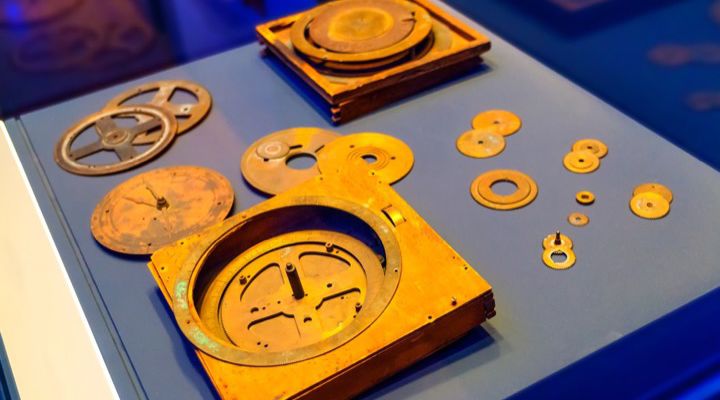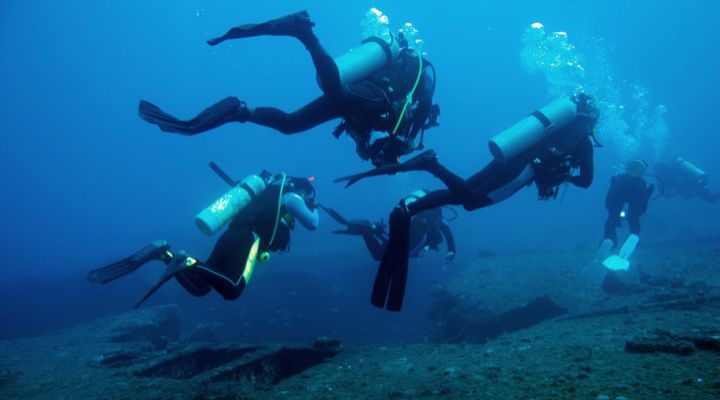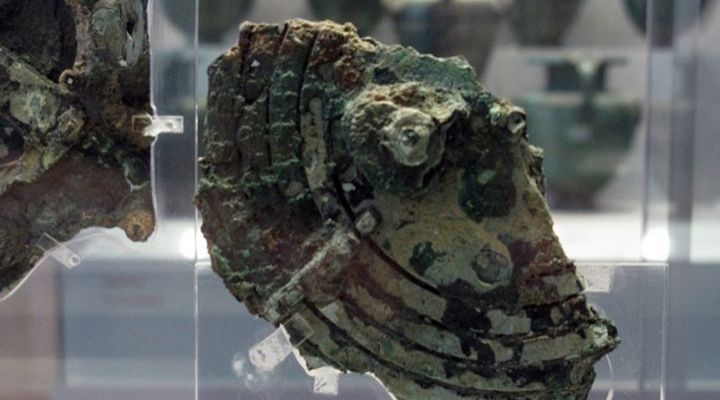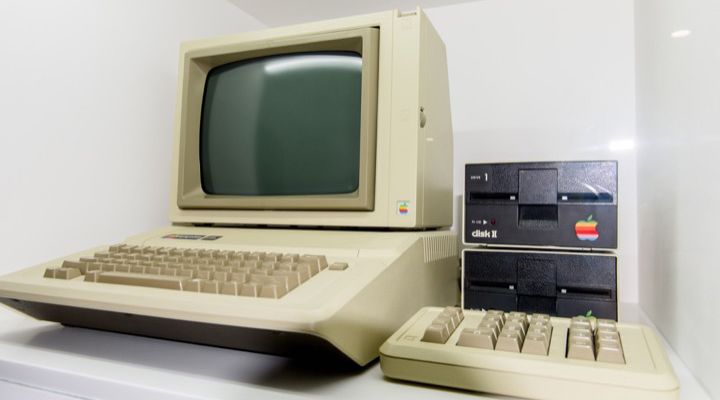Human society has been on this earth for thousands of years. In that time, we have discovered much about the world in which we live and about each other as well. Yet there are periods of time in our more than 2,000 years, where information about many different cultures has become truncated by the ravages of time and poor record-keeping.
Every so often though, our daring archeologists uncover new information about the countless cultures that came before. One such discovery reveals that one particularly popular ancient society had access to technology hundreds of years ahead of its time…
On the Seafloor
The ship in question, still unnamed after all these centuries, fell to the seabed nearly 2,200 years ago. No one knows what caused the vessel to sink, not even those who originally discovered it in the early 1900s, but most agree that it was probably caused by a devastating collision with some half-concealed undersea rocks.
Many Parts
The team that found the device originally discovered it as a sort of lump, housed in a rotting wooden box. They separated the main three fragments and then over time, divided those into 82 separate fragments more. All of these many parts added up to some manner of device; something that no one could have anticipated to come from Ancient Greece.
Teeth
The original expedition simply revealed the ship and a few unusually-shaped, bronze discs with four cog-like protrusions or teeth, however, a new find at the site has revealed more of what scientists believe may have been an Ancient Greek navigation device. This device, if it indeed what scientists believe, may be unlike anything we have yet discovered about that lost culture.
Encrusted Bronze Bull
The new expedition uncovered a heavily encrusted bronze disc measuring approximately 8cm wide. On the disc was the carved sigil of a bull, likely representing the Greek Zodiac sign Taurus. While this may seem more aesthetic to some, many will note that the presence of a Zodiac sign on potential navigation is absolutely significant.
What’s in a Name?
The original artifact was identified in May of 1902 as a gear wheel for an ancient mechanism. T was discovered by archaeologist Valerios Stais, off the Greek island of Antikythera, which is what eventually gave the “device” its name. Stais believed that the instrument was designed and constructed by ancient Greek scientists before there was even a name for it.
Dating the Device
Thus, Stais and his colleagues called the yet-unknown device, “The Antikythera Mechanism.” After some time, they dated the device at some time around 87 BC, but over the years, there has been conjecture amongst scientists about where it really came from. Eventually, it was said to come from between 150 and 100 BC, or to 205 BC, a generation before the shipwreck itself.
Modern Discovery
Antikythera lies just between Greece and Crete and despite it having been found more than a century ago, new expeditions have recently been funded to recover even more pieces of the Antikythera Mechanism. Whatever it is, it appears that scientists around the world want to get their hands on it.
Strange Capabilities
What they can agree on is that the Antikythera Mechanism, whatever it was, was also freakishly complex in addition to being far more advanced than it had any right to be. The bronze cogs and levers it is purported to have seemed to have been used to predict the phases of the sun and moon, which of course fits into the Taurus symbol on the recently discovered bit.
Dazzling the Crowd
Some scientists believe that the complete machine may have even been capable of calculating the course of planets and movement of stars through the night sky. It was operated by hand, likely cranked by priests who were able to awe audiences with predictions they observed by viewing impending eclipses and the like. Of course, much of what experts know is pure speculation.
The Zodiac Connection
The device was said to predict eclipses and model the irregular orbit of the moon. It would measure where the moon’s velocity was higher in perigee than apogee. This motion, first studied by astronomer Hipparchus of Rhodes in the 2nd century BC, may actually be connected to the Antikythera Mechanism itself as well. In the modern age, it was studied with new technology.
Scans and X-Rays
Over the years, the various pieces of the mechanism have been X-rayed and scanned by a number of different existing technologies. After some examination, experts concluded that the four protrusions, eventually determined to be cogs, appeared to be unusually crude for such an intricate device.
Further Scans
At its core, the Antikythera Mechanism is a complex clockwork mechanism composed of at least 30 meshing bronze gears. Additional scanning by Cardiff University scientists found that high-resolution scans of the fragments of the machine revealed the faintest inscriptions on the outer casing, which may have been part of the what allowed people to read the predictions.
Lost Understanding
Despite all of the many years of investigation, the machine’s precise uses and capabilities largely remain a mystery. The main belief is that the Antikythera mechanism is sort of an advanced orrery at least and at best, an ancient analog computer. If what the experts say is true, its predicting power might have rivaled the computers of the early technological age.
Tracking Capability
Another fairly new determination about the device is that it might have been used to track the four-year cycle of athletic games, something similar to the Olympiad or the modern day Olympic Games. How it did this, however, is not yet known. What we do know about the device is that it predates Nicolaus Copernicus’ heliocentric planetary system by some 1,700 years.
Historical Significance
If the archaeologists are to be believed, the Ancient Greeks achieved a level of mechanics, math, and astronomical study that would not be seen by human beings for another 500 years. Regardless of this historical significance, the technology did not follow them into the Roman age and it begs the question, why not?
Conjecture
Countless engineers and mathematicians have struggled for decades, at this point the better part of a century, to understand the Antikythera Mechanism to little avail. As such, there is more conjecture and theory than cold, hard facts surrounding both its purpose and how it actually worked in those days.
Over Importance
The recent discovery of the bull-plate is especially controversial amongst the different schools of thought. Many believe that those on the other side are overemphasizing the importance of the bronze disc and the symbol. As far they are concerned, the Taurus insignia is likely more ornamental that indicative of a Zodiac reference, but the jury is still out.
Two Separate Devices
There are others who argue that the recently discovered bits are actually part of another device that was held on the ship, one that could or could not have been similar to the Antikythera Mechanism but was separate nonetheless. It’s a viable theory, especially considering how old and broken the remnants are.
Before it’s Time
It is sad to think that this knowledge fell away over the centuries and that it was lost to antiquity entirely in the 2,000 years since the ship sank. Not until the fourteenth century did the world see this type of knowledge again or this level of mechanical expertise. As ever, the Greeks were way ahead of their time.
On Display
Today, all existing fragments of the Antikythera Mechanism and/or the other Antikythera Mechanism are kept at the National Archaeological Museum in Athens. They have also included a number of artistic replicas of the device which illustrate how the mechanism might have looked and worked. Meanwhile, the hunt for more evidence continues in the Aegean as new divers and explorers seek out more answers on the seafloor.
